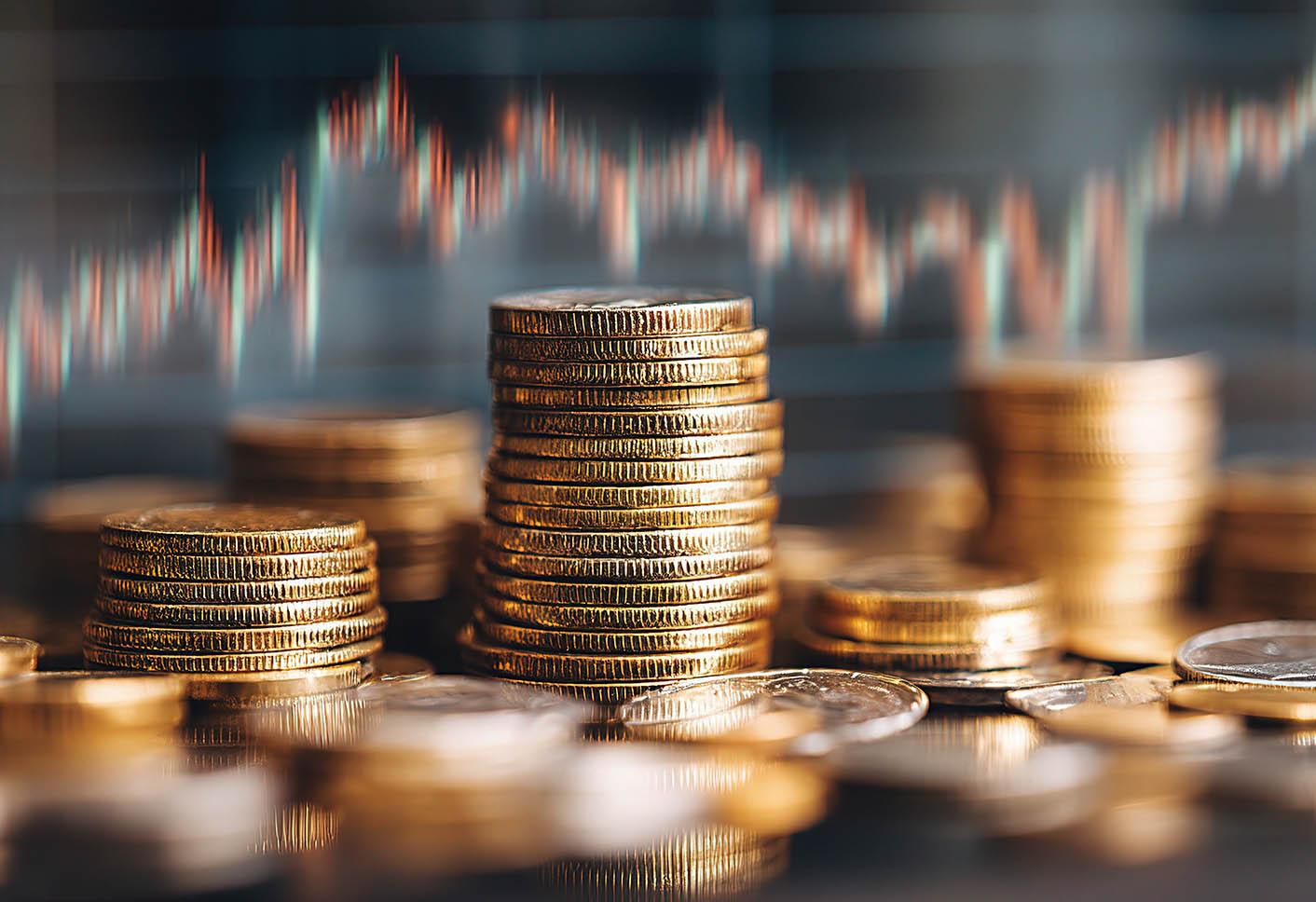Bullion Market Update – October 17, 2025

Precious Metals Prices
The gold price soared again this week, reaching massive highs of close to $4,380.00 late in the day on Thursday. It has seen a slight correction on Friday and is trading intra-day near $4,250.00.
The silver market had one of the most abnormal weeks it has had in many decades, more on that later. This market turmoil led silver to hit all-time-highs around $54.37 on Thursday before correcting down to around $51.68 intraday Friday.
The platinum price showed very similar price trajectories to bullion this week. It hit a high on Thursday around $1,730 and is currently trading at $1,620.
Palladium hit a weekly high on Thursday north of $1,629 and has also corrected on Friday to around $1,500.
Market Update: What Happened to the Silver Market?
The London silver market erupted into chaos this week as spot prices surged above $53 per ounce, the highest level in decades and only the second time in history silver has breached $50. The last time was during the Hunt Brothers’ infamous attempt to corner the market in 1980. This time, however, the driver is systemic rather than speculative: global paper claims on silver are colliding with an acute shortage of deliverable metal, exposing structural weaknesses across the bullion and derivatives markets.
London, the world’s central hub for physical silver trading, is facing extraordinary stress. Inventories have fallen to critically low levels, and the cost to borrow silver has soared to levels rarely seen in any modern commodity market. Traders describe a market where “nobody’s got silver,” and where borrowing rates of 20 to 30 percent are considered fortunate. It is the fifth time in 2025 that silver borrowing costs have exceeded 5 percent, a 500 percent increase from the near-zero rates that defined the past decade.
On Friday, October 10th, spot silver in London was commanding premiums as high as $3 over New York futures, a gap not seen since the 1980s, and the cost to borrow silver overnight has surpassed 100 percent on an annualized basis. This environment has produced sustained backwardation in silver: a rare market condition in which the spot price exceeds the futures price. Under normal circumstances, futures prices trade above spot to reflect storage, financing, and insurance costs, a structure known as “contango”. Backwardation reverses that relationship, signaling intense demand for immediate delivery and limited available supply. In precious metals, such inversions are almost always indicators of physical scarcity and are typically short-lived, but as of the middle of the day on Friday, October 17th, the market is still in backwardation. The persistence of backwardation across multiple futures maturities this week suggests a deeper and more structural disruption in silver’s supply chain.
At the heart of the issue lies a liquidity crisis. When demand for immediate physical delivery overwhelms available supply, traditional arbitrage mechanisms, buying physical and selling futures, break down. There simply isn’t enough metal to deliver. As borrowing and leasing costs skyrocket, holders hoard what they have, further draining liquidity and amplifying scarcity. The result is a feedback loop of rising spot prices, tightening supply, and widening spreads between physical and paper markets.
This squeeze highlights the fragility of systems that rely heavily on paper silver, derivatives, lease agreements, and unallocated accounts, while assuming physical supply will always be sufficient. The combination of record-high prices, extreme lease rates, and persistent backwardation marks one of the most strained moments in modern silver market history. Whether the situation normalizes through increased supply or escalates into broader financial contagion remains uncertain, but this week’s events have made one thing clear: the global silver market is confronting the limits of its own leverage.
